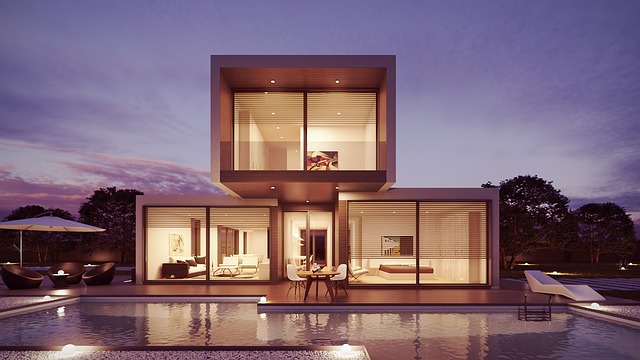Retrofitting security systems into older buildings is a comprehensive solution to protect historical properties while addressing modern security needs. By combining smart technology with preservation of architectural charm, this approach offers multiple benefits: increased property value, enhanced protection, and peace of mind for homeowners. The process involves tailored assessments, selection of compatible technology, integration with control panels, and regular testing, ensuring both traditional home safety and advanced security without compromising aesthetics. Upgrading home security through retrofitting is a vital step to modernize historic homes while safeguarding their unique character.
In many urban landscapes, older buildings—rich with character and history—present unique challenges when it comes to security. “Support for Retrofitting Security Systems in Older Buildings” explores the intricacies of enhancing protection for vintage homes without compromising their integrity. We delve into the benefits of retrofitting, highlighting key components for effective systems. Additionally, this article navigates modernization strategies and provides a step-by-step guide for implementing security updates on historic properties, ensuring old home protection while embracing traditional home safety.
- Understanding the Challenges of Security in Older Buildings
- Benefits of Retrofitting for Vintage Home Security
- Key Components for an Effective Retrofit Security System
- Modernization Strategies for Traditional Home Safety
- Implementing Security Updates for Historic Homes: A Step-by-Step Guide
Understanding the Challenges of Security in Older Buildings
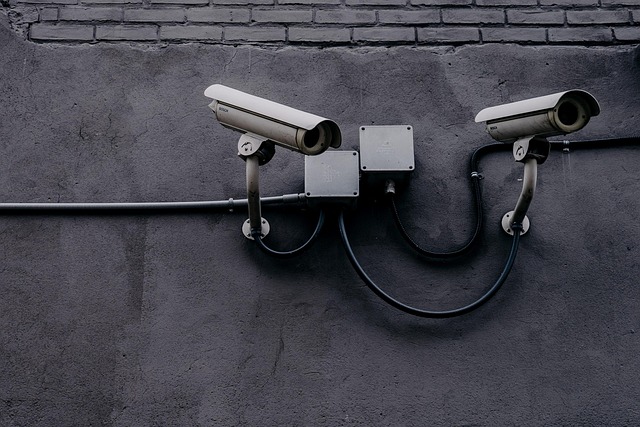
Older buildings, while filled with character and charm, often present unique challenges when it comes to security. As homes age, their original security features may become outdated, ineffective, or even non-existent. This can leave vintage homes vulnerable to modern threats, creating a significant gap between historical integrity and contemporary safety needs. Many traditional homes lack the robust protection required in today’s world, making them attractive targets for burglars.
Retrofitting security systems into older buildings offers a solution to this dilemma. It involves integrating modern security technology while respecting the architectural style and historical value of the property. By upgrading home security with sensors, cameras, and smart automation, homeowners can protect their vintage residences effectively. These retrofits allow for enhanced monitoring, improved deterrence, and peace of mind, ensuring that historic homes remain safe and secure in an ever-changing world.
Benefits of Retrofitting for Vintage Home Security

Retrofitting security systems into older buildings offers a range of benefits for vintage home owners looking to enhance their property’s protection and modernize its safety features. One of the primary advantages is the opportunity to bring an old home up to par with contemporary security standards, addressing potential vulnerabilities that may be unique to traditional structures. Many historic homes, despite their charm, might lack modern security measures, leaving them susceptible to break-ins or fires. Retrofitting allows for the installation of advanced security systems tailored to the specific needs and architectural nuances of vintage properties.
Upgrading home security through retrofitting not only boosts protection but also increases the value of historic homes. With the right security for older homes, traditional structures can become more secure without compromising their authentic character. This approach ensures that precious memories and irreplaceable heirlooms are safeguarded while preserving the unique atmosphere and beauty of vintage living. Modern home security updates in older buildings contribute to a sense of safety and peace of mind for residents, allowing them to enjoy the best of both worlds: traditional charm and state-of-the-art protection.
Key Components for an Effective Retrofit Security System
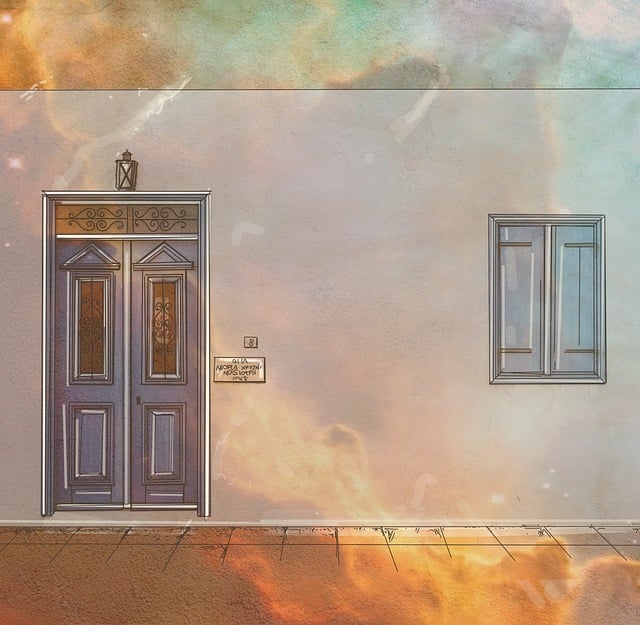
When retrofitting security systems in older buildings, several key components are essential to ensure effective protection. The first step is to assess the unique needs and vulnerabilities of each vintage home. Factors like age, architectural design, and existing infrastructure influence the choice of security solutions. For instance, integrating modern security sensors with historic structures requires careful consideration to maintain aesthetic integrity while enhancing old home security.
Upgrading home security involves selecting compatible technology that complements traditional home safety features. This could include installing smart locks, motion detectors, or surveillance cameras tailored for retrofitted applications. These devices must be easily operable and accessible, aligning with the preferences of homeowners who value both modern convenience and the preservation of their historic abodes. Effective retrofit security systems also prioritize connectivity and automation, allowing owners to monitor and control their old home protection remotely through smartphones or tablets.
Modernization Strategies for Traditional Home Safety
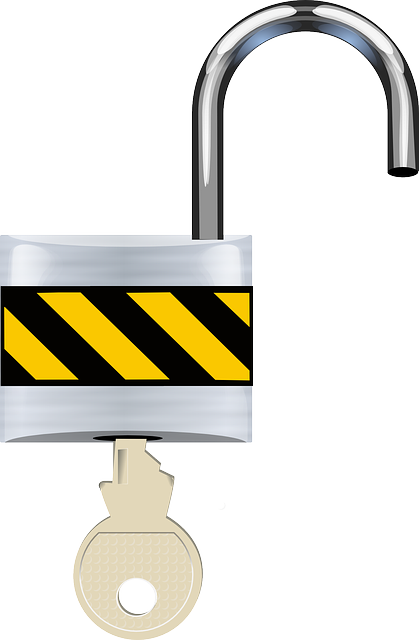
Modernizing security for older homes is a significant step in ensuring vintage home security and enhancing traditional home safety. Many historic residences boast unique architectural features, but their age often means they lack modern security systems. Retrofitting home security is a game-changer for old home protection, allowing homeowners to upgrade their safety without compromising the building’s integrity or aesthetic appeal. This process involves integrating contemporary security technologies into older structures, providing advanced protection while preserving the home’s original charm.
Homeowners can explore various strategies when modernizing home security for historic properties. Upgrading to smart locks and surveillance cameras is a great way to secure entry points and monitor activity without disrupting the home’s vintage vibe. Additionally, wireless sensors can be installed discreetly throughout the building, offering peace of mind and advanced warning of potential intruders. These updates are not just about adding modern convenience; they ensure that old homes remain safe and well-protected in today’s world, making them secure and appealing for years to come.
Implementing Security Updates for Historic Homes: A Step-by-Step Guide
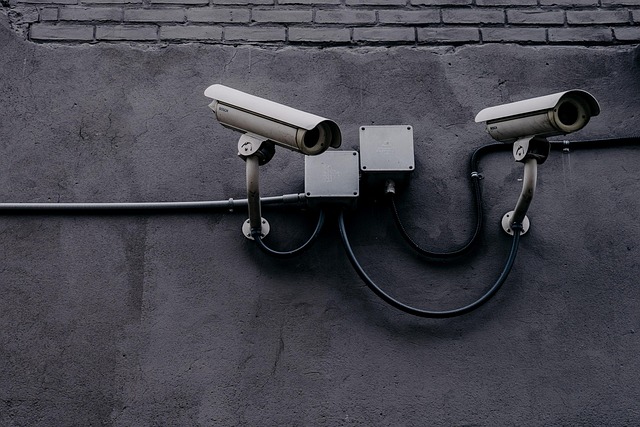
Retrofitting security systems into older buildings is a thoughtful process that ensures both the preservation of historical architecture and enhanced protection for vintage homes. To implement security updates for historic homes, start by assessing the current security setup. Conduct a thorough inspection to identify vulnerabilities, such as outdated locks or broken alarms, and prioritize improvements based on risk level and aesthetic impact.
Next, research and select modern security solutions compatible with older building structures. Consider wireless systems that minimize physical alterations, smart locks for keyless entry, and motion sensors for intruder detection. Integrate these upgrades with a centralized control panel for easy monitoring and control from your smartphone or other devices. Regular testing and maintenance will ensure the system remains effective over time, providing old home protection without compromising traditional home safety and aesthetics.
Retrofitting security systems into older buildings offers a viable solution to enhance vintage home security while preserving their historical value. By understanding the unique challenges and implementing effective modernization strategies, homeowners can transform their traditional home safety into a robust, up-to-date defense. This process involves selecting key components tailored to each old home’s needs, ensuring comprehensive protection without compromising the building’s integrity. Upgrading home security through retrofitting is a practical step towards securing historic homes, combining timeless aesthetics with modern technology for optimal peace of mind.
